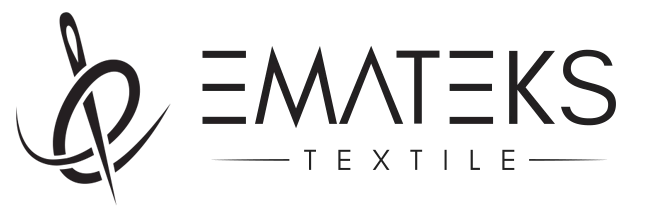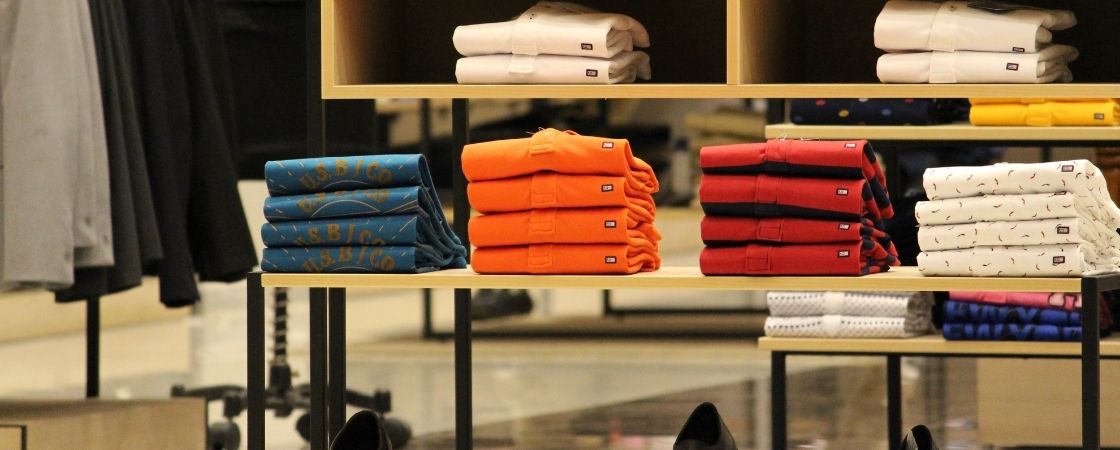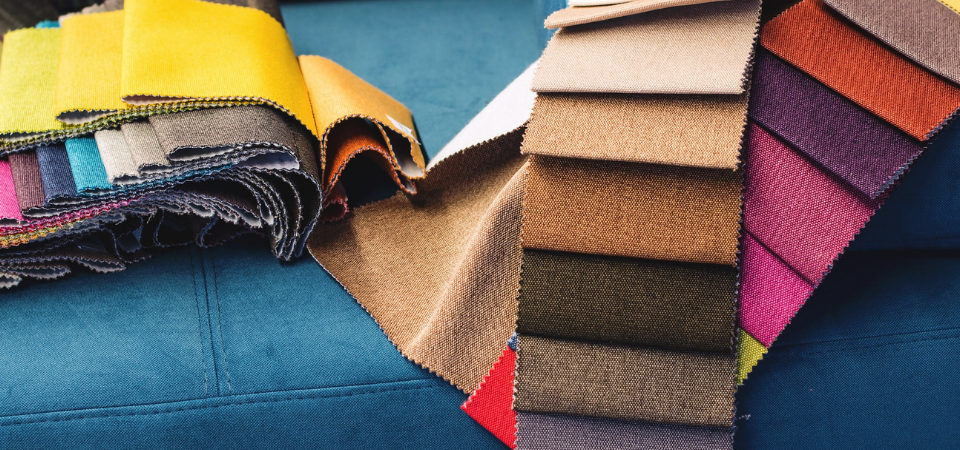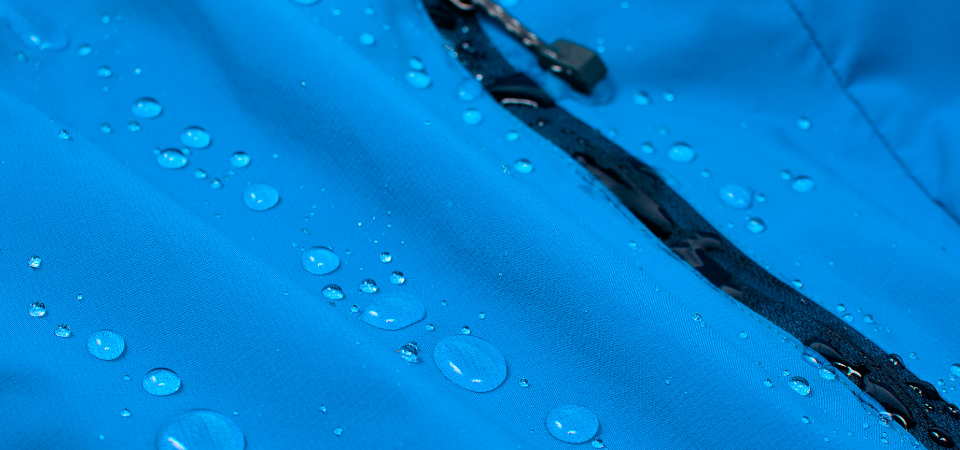
Definition of Fair Trade Clothing and Its Importance for Fashion
September 18, 2023One of the most critical points in the fashion industry is the production phase. This stage is one of the biggest indicators of the brand’s vision and determines its success. There are two different production models that stand out. These are CMT and FPP. CMT (Cut, Make, Trim) consists of three stages, and the control is completely brand owned. The brand directs the manufacturer and gets the results it wants. FPP (Full Production Package) also hosts CMT and guides the brand from the idea stage to packaging. In this production model, the brand has less control. CMT and FPP have many advantages and disadvantages; understanding them and their details is crucial to making the right choice.
Types of Clothing Manufacturing?
Clothing manufacturing includes the production stages of an outfit. These stages consist of cutting, planting, finishing, and their sub-stages. Each piece that forms the production stage of an outfit is crucial because production is the most important point in ready-to-wear. For this reason, production needs to be effectively planned and determined in advance. There are two types of production, CMT and FPP, that stand out in garments. It consists of shortening the words CMT (“Cut, Make, Trim). During this production phase, control is usually with the brand. FFP means “Full Production Package”. In this type of production, the brand receives support from FPP manufacturers at all stages.
What are CMT and FPP?
CMT and FPP refer to two different production models. Control over CMT manufacturing is yours. All clothes are cut, made, and trimmed in the ways you design. For this, the factory that serves you requests the details of the products, patterns and fabrics, technical packages, sewing requirements, and many other related information from you and starts production according to your requests. It reveals the product after three main stages. These stages are the cut, make, and trim.
FPP is a much more comprehensive production model. As the name suggests, the full package provides support at all stages. This support begins with details such as pattern formation, fabric selection, and cutting preference and extends from design to fabric supply.
From this point of view, it is very important that the CMT and FPP models are evaluated correctly, and the brands make a suitable choice.
What is CMT Manufacturing?
CMT is a production model consisting of cut, make, and trim stages. It is important to understand all the stages before choosing this model.
1. Cut
Cut is the first stage of the CMT production model. It is basically the stage where the fabric is cut as a pattern and model. These cuts are usually made with special machines and technologies to get the best result. This stage proceeds depending on your guidelines, so even a minor error can have quite costly consequences. It is important to know and control the measurements and their quantities per body for the cutting to be successful.
2. Make
In the second stage, the cut pieces of fabric are combined, and a full outfit is made. All the fabric pieces of the relevant outfit are put together and combined. At this stage, pre-production testing is very important. With this test tool, it can be ensured that each model is combined correctly. This test is a detail to be considered, as it prevents the costly consequences of a possible error. This stage includes processes such as adding details such as buttons or zippers, which are mostly done through machines.
3. Trim
The last step of CMT is the trim phase. During the production process, final checks and touch-ups are made, the finishing touches are added, and the product is fully finished. Comprehensive quality control is also done at this stage before handing over the products to the customer.
Benefits of CMT
For small designers, CMT is one of the most accurate production models. With this production model, it is easy to have control not only in stages such as fabric cutting and correction but also in details such as labels and packaging. This control saves both time and money for both parties. It is possible to obtain quality products in a short time as technology and machinery are used in the production stages. Finally, since it takes direct, specific information from the designer, it focuses not on fine details such as molding and fabric selection but on other important details such as cutting and sewing.
Disadvantages of CMT
Although CMT and FPP are two important production models, both have disadvantages. The biggest disadvantage of CMT is the cost of folding in the slightest mistake. Errors may arise as they progress with information from the designer, resulting in both the delivery process being extended and the cost increasing. In addition, although it is suitable for beginners and small businesses, it is not an ideal choice for those who have no knowledge of the production phase. Brands with some experience can benefit more from this production model.
What is FPP Production?
CMT and FPP are two prominent production models, but while CMT covers certain stages of production, FPP covers each stage. FPP, which means a full production package, guides the brand at every stage. These stages include such things as pattern selection, fabric preferences, and model creation. In this aspect, it also hosts CMT itself. FPP manufacturers, which play an active role throughout the product development process, consult the brand to create a technical design, provide fabric supply, apply trends to designs, and produce the outfit. It is quite advantageous, as it facilitates every process.
The Benefits of FPP Manufacturing
Although CMT and FPP models are ideal choices for beginners, FPP is a very advantageous choice for brands that do not have experience, as it fully guides the brand. At every point of the product’s development phase, manufacturers support the brand correctly and save the brand from the operational burden of responsibility. In addition, the brand can benefit from the manufacturer’s economies of scale.
Disadvantages of FPP Production
CMT and FPP are not flawless production models. Just like CMT, FPP has some disadvantages. Important details such as packaging and labels can be ignored in this production model. Although manufacturers try to meet the brand’s wishes and needs, there may also be situations such as limited fabric selection or limited stock. If the manufacturer does not have sufficient resources and skills, the product development phase may not be as successful as expected. For this reason, the manufacturer should be carefully selected. It is also a much more costly production option, as it provides full support.
Which Production Method is Best for You?
Choosing the most suitable model for the brand between CMT and FPP is a very important process. For this, it is important for the brand to determine its customers and budget. Between CMT and FPP, FPP is a more expensive option and is preferred for fast production, while CMT is relatively affordable and can be preferred for custom designs. Although both CMT and FPP are ideal for beginners, it is more accurate for brands that do not have sufficient knowledge and experience about their production stages to choose the FPP production model. It is quite difficult to manage an inexperienced brand, as all responsibility and orientation work is on the brand at CMT.
By looking at the information above, you can evaluate both production models and choose the one that best meets your brand’s needs.




